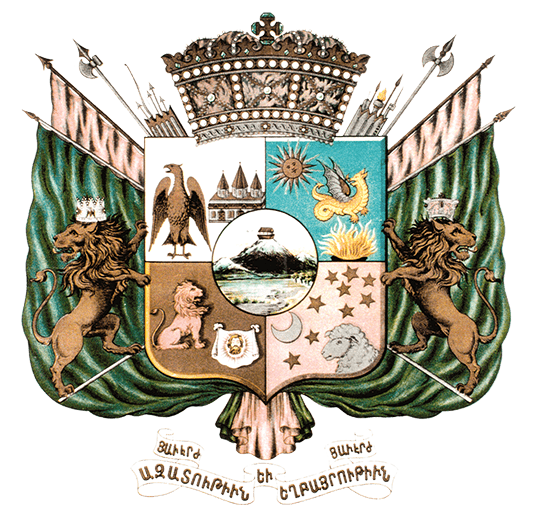History of Armenian College & Philanthropic Academy
The Armenian Community in India, in parallel to its commercial pursuits, was always keen to pursue education for the advancement of its nation. The fact is supported by the efforts of the community to establish schools to train and educate their children in the language and faith of their forefathers, without which their national identity would not have been preserved in the land of their adoption.
The idea of a national academy was conceived by Astvatsator Muradghanian and Mnatsakan Vardanian for educating the Armenian children in India. The Armenian College and Philanthropic Academy of Kolkata was founded on the 2nd April, 182, at 358, Old China Bazar Street, Calcutta, in the vicinity of the Armenian Holy Church of Nazareth. In 1825, at the extreme desire of the community, the school of Aratoon Kaloos, which founded in 1798, was amalgamated with the ACPA. In 1884 the Armenian College and Philanthropic Academy was accommodated to 39, Free School Street (now 56B Mirza Ghalib Street). The Armenian College and Philanthropic Academy is the Second oldest Educational Institution in Kolkata. This building is also the birth place of the famous English novelist William Makepeace Thackeray, who was born on the 18th of July, 1811.
According to the records of the Calcutta University, the first batch of students from the academy to be sent for the Matriculation Examination was in 1870. In 1888, The Armenian School was granted affiliation by the Calcutta University up to the Arts standard. This is when the Academy came be known as the “Armenian College”, a name that has stuck with it even today despite discontinuation of College classes. Unfortunately, College classes had to be discontinued in 1892 due to the paucity of students.
Since 1870 the Armenian College & Philanthropic Academy has prepared students for the Matriculation Examination under the University of Calcutta, with intermittent attempts at Cambridge Examinations. But in 1950, post India’s independence, the control of Secondary School Education was entrusted to the newly-constituted Board of Secondary Education, West Bengal. In compliance with the educational policy of the Government of India and the States, the ACPA sought recognition as a Higher Secondary School with permission to prepare candidates for the Higher Secondary Examination, leading to a three year degree course, and was recognized as such with effect from 1st April 1958. Later when the Senior Cambridge Certification adopted the same pattern of the Higher Secondary Examination, the ACPA felt it would be advisable to switch to the latter in view of its wide recognition outside India. An application for affiliation was submitted to the Cambridge Board and in 1962 the new course of studies was introduced.
But since 1970s the ACPA has re-shifted its affiliation to the newly formed Council for Indian School Certificate Examination (CISCE). This was done bearing in mind those students completing their schooling in India and planning to pursue their Higher Studies in the same country who would find it easier to gain admission in Indian Educational Institutions.
The Armenian College & Philanthropic Academy during its 195years of existence has provided the Finest Education to thousands of Armenian Children from Iran, Iraq, India, and Armenia. Presently Rev. Fr. Movses Sargsyan continues his tireless dedication and service to ACPA, DGS and the Community as Manager and the Pastor. Several Projects are underway to make ACPA a hallmark of quality education for present and future generations of Armenian Children.
- These include the reintroduction of the Higher Secondary Classes.
- Organizing more inter-school tournaments and programs.
- Interaction with other Institutions in both Academic and Cultural activities.
By 2021, The Armenian College and Philanthropic Academy under the Management of Rev. Fr. Movses Sargsyan has a great vision, to achieve higher standards in all spheres by the time of institutions 200 anniversary.
